
In the concrete jungle of cities around the world, a vibrant form of artistry has emerged: graffiti and street art. Far from being a mere act of defacing public spaces, graffiti and street art have become a powerful means of expression for artists seeking to make their mark on the urban landscape.
With its roots in underground subcultures and rebellious movements, graffiti has evolved from its humble beginnings as simple tags and scribbles into a sophisticated art form. Street artists now employ an array of techniques and styles to transform blank walls into vibrant, thought-provoking works of art.
Unlike traditional forms of art that are confined to galleries and museums, graffiti and street art can be found in the most unexpected places: abandoned buildings, subway tunnels, and even on the sides of trains. This ephemeral nature adds to the allure and excitement of these art forms, as they exist in a constant state of flux, subject to the whims of time and urban decay.
What sets graffiti and street art apart from other art movements is its inherent connection to the cityscape. These artworks are not meant to be viewed in isolation; they draw inspiration from the urban environment and engage with the community in which they are created. Whether it’s a political statement, a social commentary, or an aesthetic exploration, graffiti and street art create a dialogue between the artist and the city, inviting viewers to reflect on their surroundings and question the status quo.
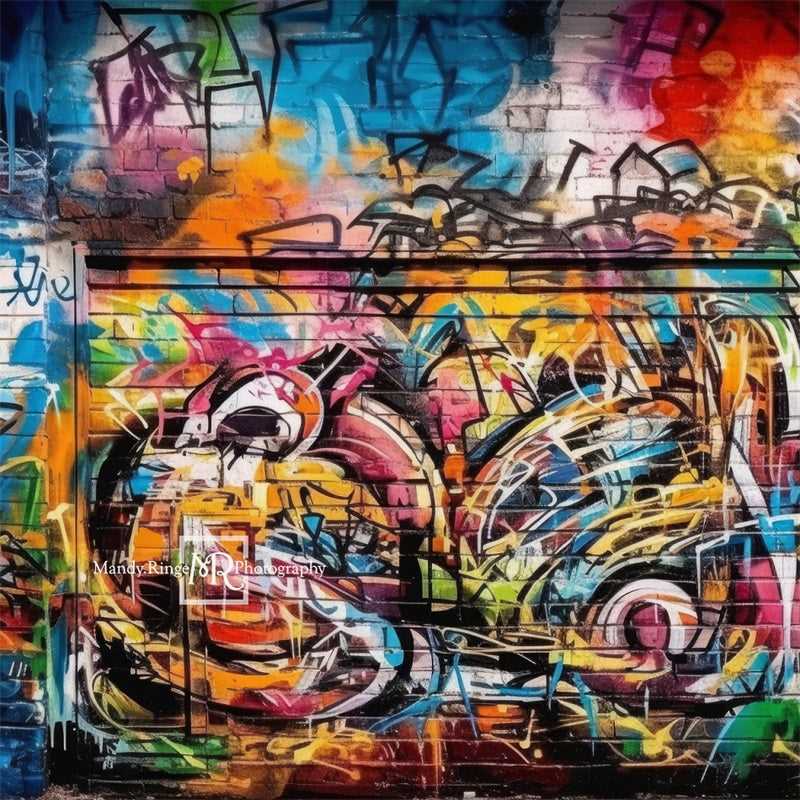
Graffiti is often associated with urban spaces, but its origins can be traced back to ancient times. The practice of leaving marks on walls and surfaces has been found in ancient civilizations, such as Ancient Greece and Rome, where graffiti was often used as a form of political or social commentary.
However, it was in the 20th century that graffiti took on a new form and began to be associated with urban environments. In the 1960s and 1970s, graffiti started to emerge in cities like New York City, primarily in marginalized communities where there was a lack of resources and opportunities for self-expression.
Tagging: The Birth of Graffiti Culture
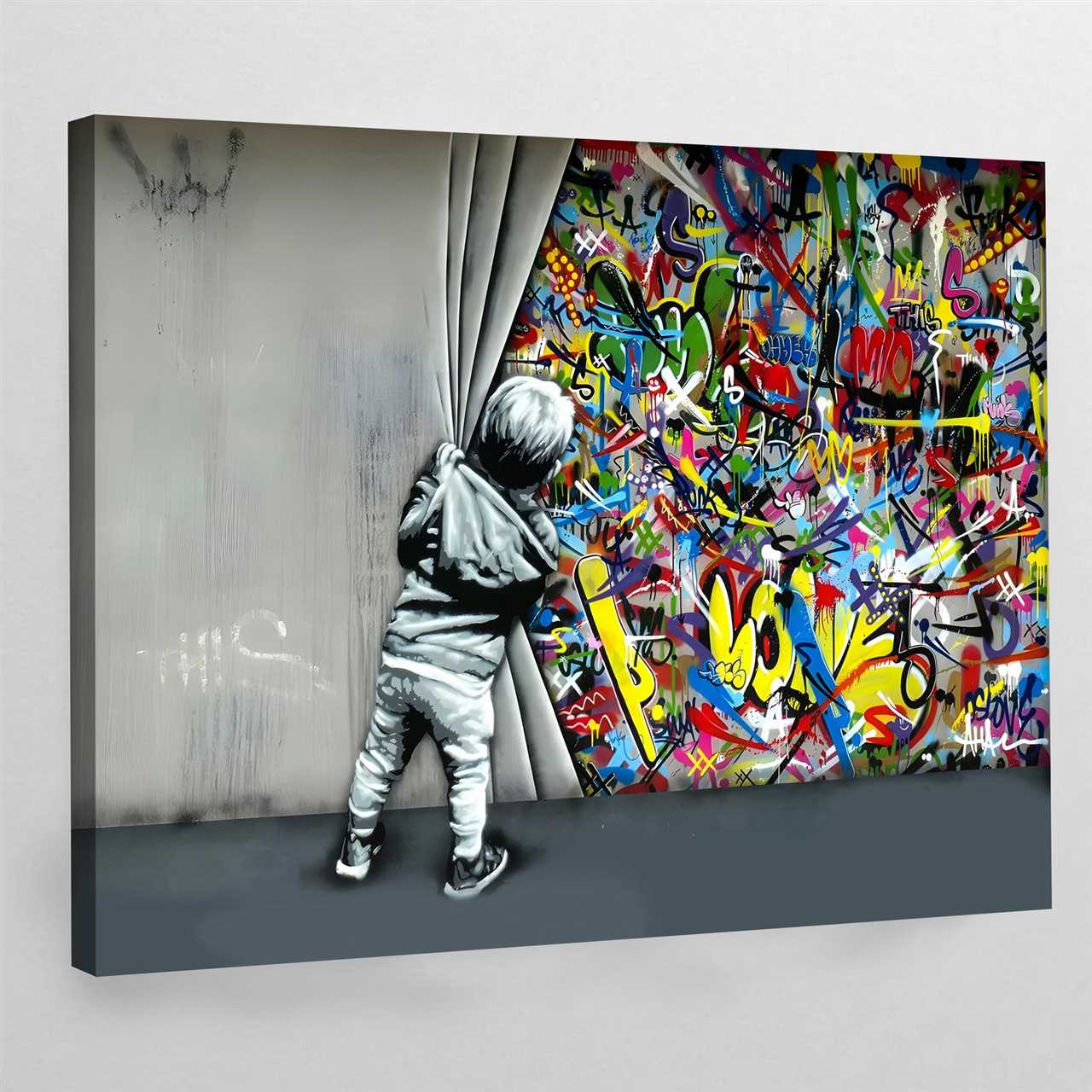
Tagging, the act of writing one’s name or initials on a surface, is considered one of the earliest forms of graffiti. Tagging was initially seen as a way for individuals to mark their territory or assert their presence in a specific neighborhood or community.
As tagging became more prevalent, it developed into a form of competition among graffiti writers, with individuals attempting to create more elaborate and eye-catching tags. This competition led to the development of different graffiti styles and techniques.
From Vandalism to Urban Art
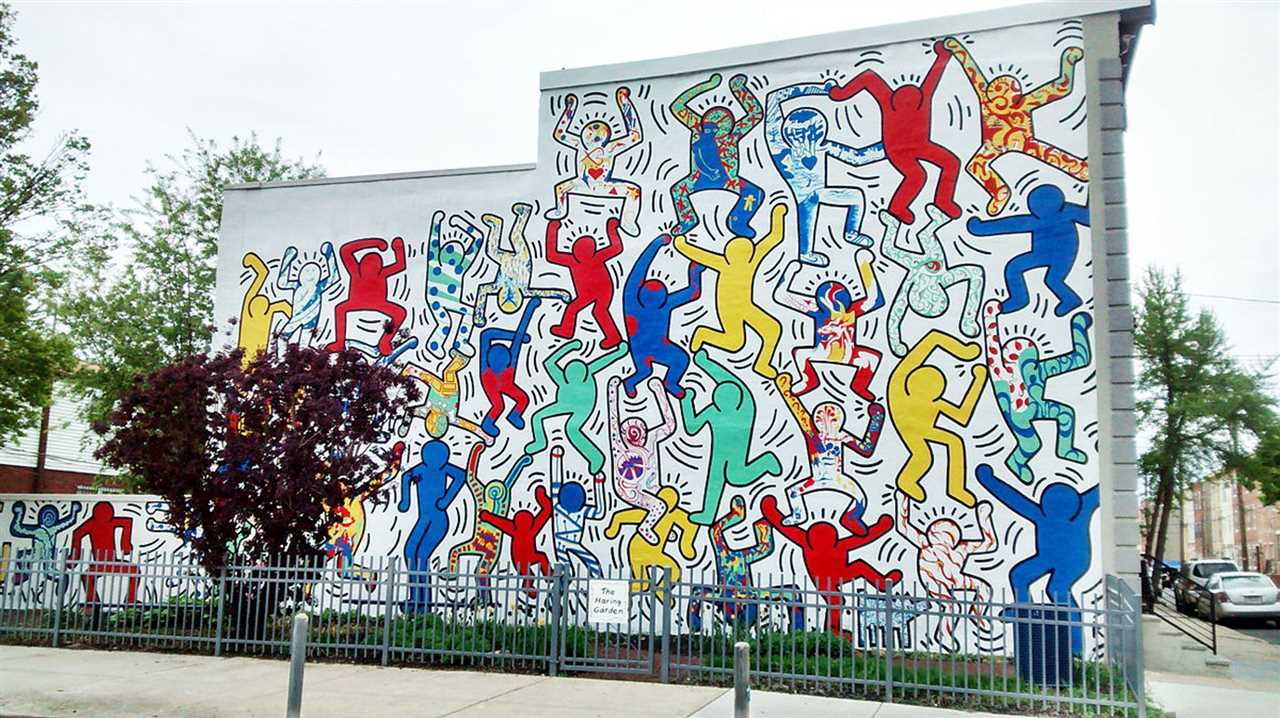
Over time, graffiti evolved from a form of vandalism to a recognized art form. In the 1980s, artists like Keith Haring and Jean-Michel Basquiat began to incorporate graffiti elements into their work, blurring the line between street art and fine art.
Street art, which encompasses a wide range of artistic styles and techniques, emerged as a form of public art that sought to challenge traditional notions of art and bring it outside the confines of the gallery. Artists began to use graffiti as a means of expressing themselves and creating dialogue with the public.
Today, graffiti and street art continue to be a powerful and vibrant form of artistic expression. Artists from around the world use the streets as their canvas, transforming urban spaces into colorful and thought-provoking works of art that engage and inspire communities.
The Diverse Techniques of Street Art: From Murals to Stencil Art
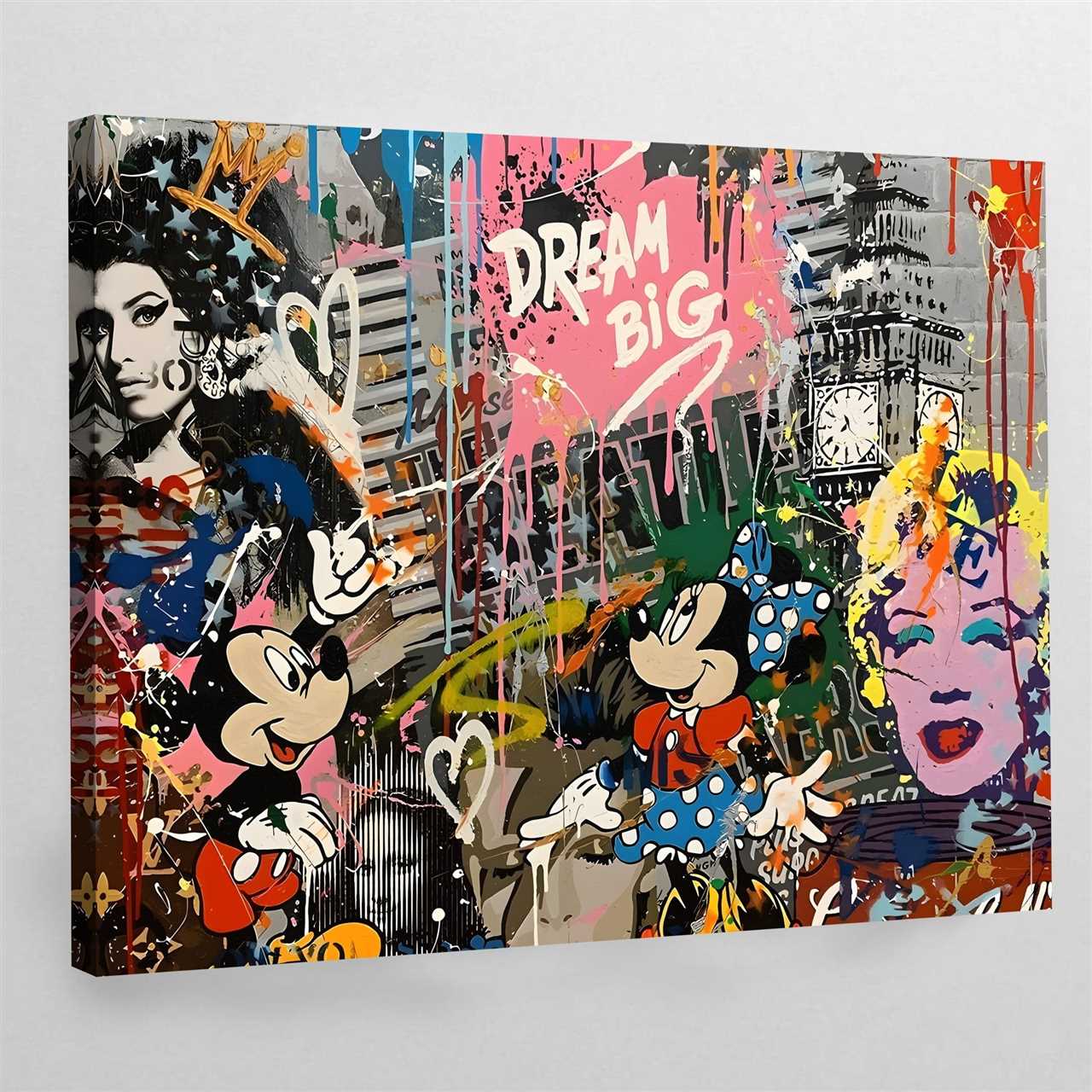
Street art is a vibrant and dynamic form of artistic expression that spans a variety of techniques. From large-scale murals to intricate stencil art, street artists employ different methods to transform public spaces into colorful showcases of creativity.
Murals: Adding Color and Life to Urban Landscapes

One of the most common street art techniques is creating murals. These oversized paintings are often created with spray paint and cover entire walls, buildings, or other urban structures. Murals can range from abstract designs to realistic portraits and often reflect the local culture, history, or social issues of the area they are located in. Street artists may use ladders, scaffolding, or other equipment to reach high places, allowing them to express their vision on a large scale.
The process of creating a mural involves planning, sketching, and executing the artwork. Artists may use stencils or freestyle techniques to transfer their designs onto the surface. The final result is a vibrant and eye-catching piece that can transform a dull wall into a visually captivating work of art.
Stencil Art: Precision and Detail in the Streets
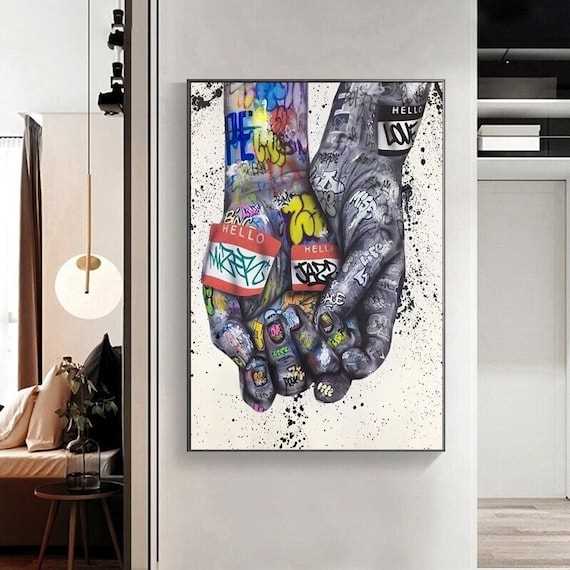
Stencil art is another popular technique used by street artists. This method involves creating a template or stencil cut from a material such as cardboard or plastic. The artist then uses this stencil to apply the design onto a surface using spray paint or a brush. Stencil art allows for precision and intricate detailing, as the artist can easily repeat the same design multiple times.
Artists often use stencils to create images of famous figures, iconic symbols, or thought-provoking messages. By applying the stencil to various locations, the artist can create a series of related artworks that can be viewed individually or as a collective installation.
Street art, whether it be through murals or stencil art, provides a dynamic platform for artists to engage with the public and provoke thought through visual expression. By utilizing a diverse range of techniques, street artists are able to transform ordinary urban landscapes into vibrant and thought-provoking canvases of color and creativity.
Exploring the Vibrant Colors of Street Art: Spray Paint as a Medium
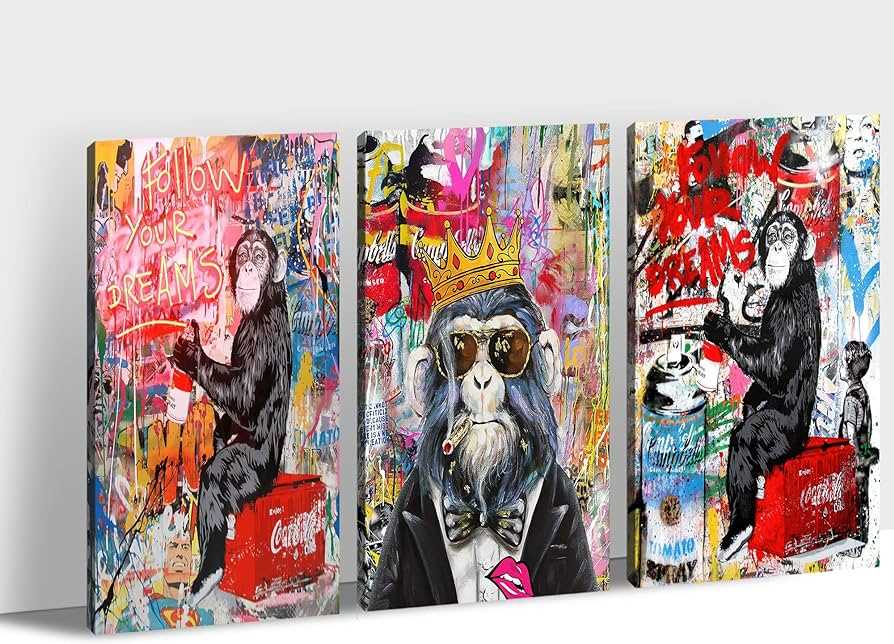
When it comes to street art, one of the most striking features is the vibrant and bold colors that artists use to create their pieces. One of the main mediums that allows for this explosion of color is spray paint. Spray paint is a versatile and convenient tool that has revolutionized the world of street art.
The use of spray paint in street art allows for quick and precise application of color. Artists can easily control the intensity and coverage of the paint by adjusting the pressure and distance of the can from the surface. This level of control enables artists to create intricate details and gradients that bring their art to life.
Another advantage of spray paint is its quick drying time. Unlike traditional paint, which can take hours or even days to dry, spray paint allows artists to work at a faster pace. This is especially important in the world of street art, where artists often have limited time to create their pieces.
The wide range of colors available in spray paint also contributes to the vibrant nature of street art. Artists can choose from a multitude of shades and hues, allowing them to create eye-catching, colorful compositions. Some artists even mix their own colors to achieve unique and custom shades.
In addition to its practical advantages, spray paint has become synonymous with the rebellious and urban nature of street art. The act of using spray paint in public spaces can be seen as a statement of defiance and nonconformity. It represents a desire to challenge societal norms and express oneself freely.
The Transformative Power of Street Art: Beautifying Walls and Inspiring Communities
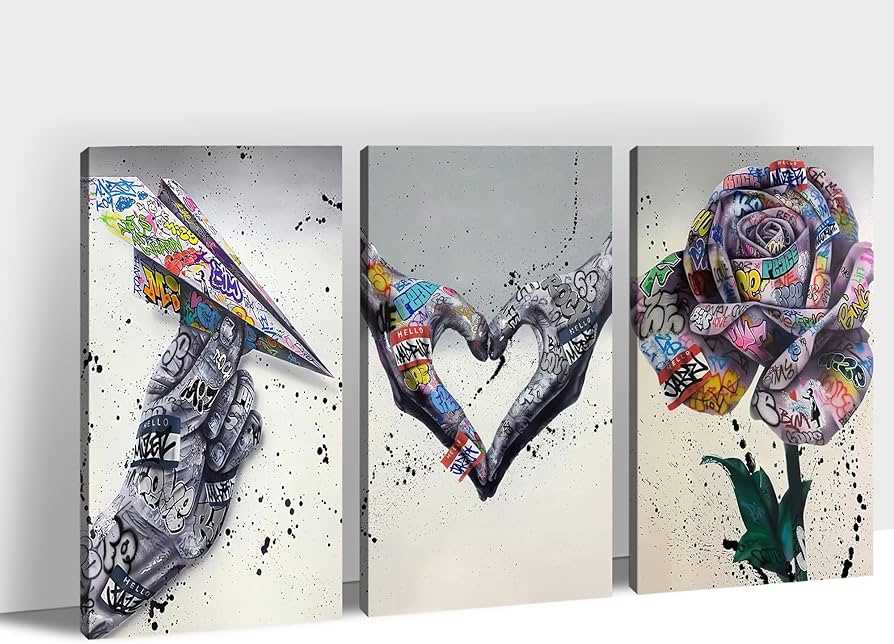
Not only does street art beautify the walls it adorns, but it also has the power to inspire and uplift communities. By creating eye-catching murals and thought-provoking designs, street artists can spark conversations, challenge societal norms, and foster a sense of pride and identity within local neighborhoods.
Street art has the ability to transform a dull and dreary cityscape into a visual playground that captures the imagination of both residents and visitors alike. Whether it’s a sprawling, larger-than-life mural or a small and intricately detailed stencil, street art has the power to evoke emotions and leave a lasting impression.
Moreover, street art can also serve as a powerful tool for social change. Many artists use their work to address important social and political issues, shining a light on topics that are often overlooked or ignored. Through their art, street artists can give a voice to the voiceless and inspire others to take action and make a difference in their community.
Overall, the transformative power of street art cannot be underestimated. It has the ability to turn blank walls into works of beauty and inspiration, all while igniting a sense of community pride. By using the canvas of the urban landscape, street art has the power to change perspectives, challenge norms, and create a more colorful and inclusive world for all to enjoy.

I am a mural enthusiast and a fervent admirer of street art. Rather than creating murals myself, I am passionate about collecting them. My love for street art knows no bounds. I am dedicated to curating and cherishing these artworks that grace the streets. My collection stands as a testament to my profound appreciation for this form of artistic expression.
read about me



